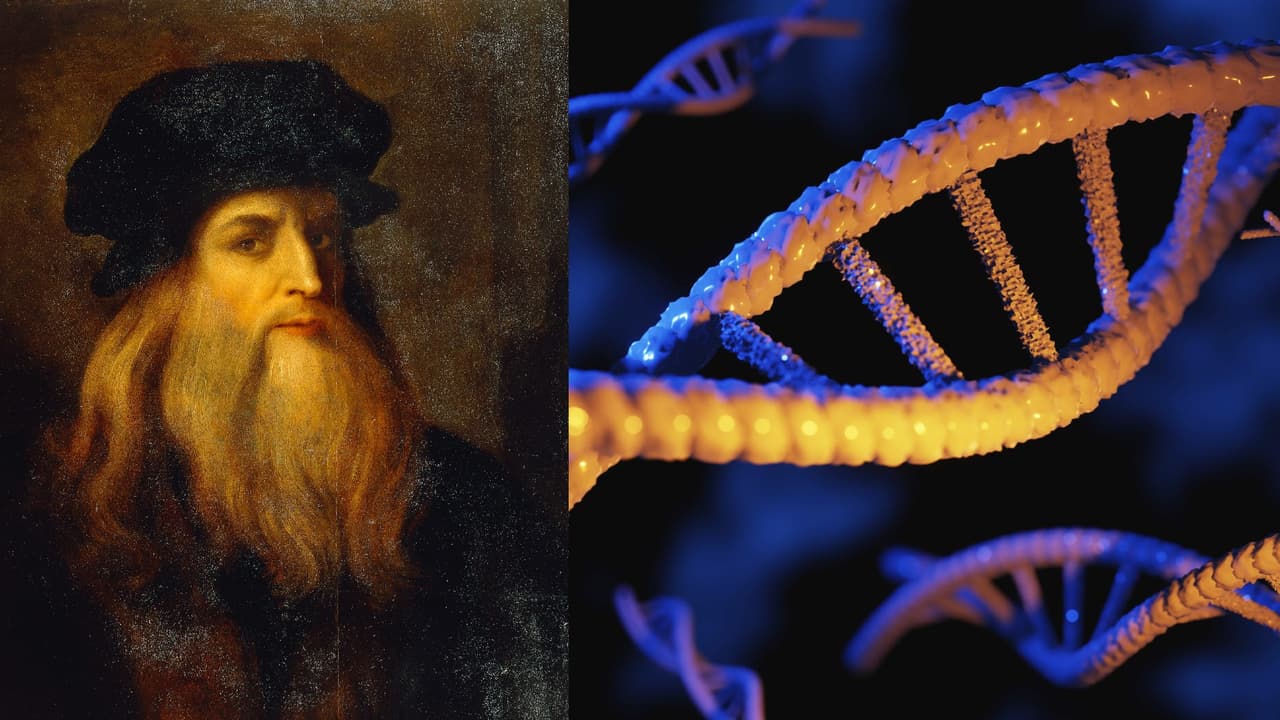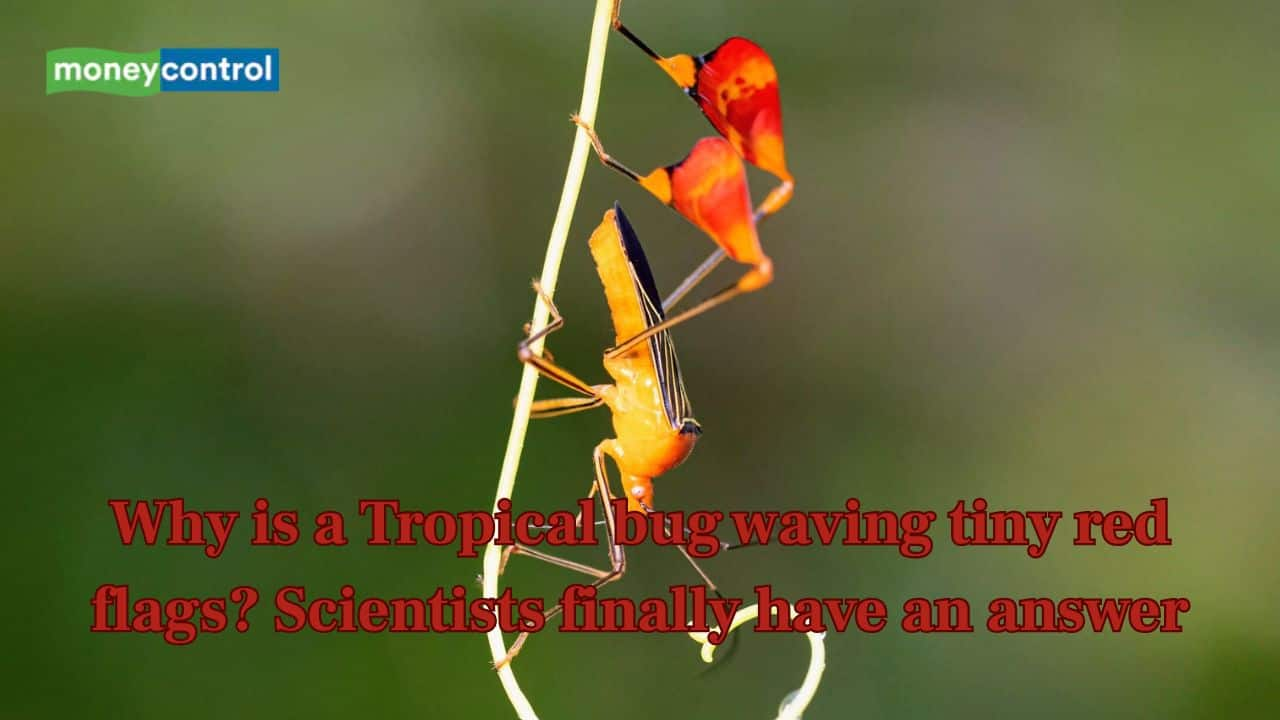New Research on Wasp Evolution Could Enhance Natural Pest Control

Recent research by scientists has illuminated a fascinating aspect of the evolution of an important wasp species, potentially paving the way for more effective natural pest control measures. Dr. Rebecca Boulton, a scholar at the University of Stirling, has made a groundbreaking discovery regarding the reproductive capabilities of Lysiphlebus fabarum, a diminutive yet impactful wasp species. For the first time, her findings reveal that these wasps can reproduce both with and without a mate, which contradicts previous beliefs that asexual females could not mate and produce offspring through sexual means.
This discovery is particularly significant because these wasps play a vital role in pest control. They lay their eggs inside small sap-sucking insects known as aphids, and as the wasp larvae develop, they consume their host from the inside out. This biological process positions Lysiphlebus fabarum as a natural predator of aphids, which are often considered pests in agricultural settings.
Prior to Dr. Boulton's research, it was understood that Lysiphlebus fabarum has both sexual and asexual populations. However, the capability of asexual females to engage in sexual reproduction with males remained unknown. This new understanding not only challenges existing assumptions but also opens up avenues for enhancing biological pest control strategies.
Many parasitoid wasp species, including Lysiphlebus fabarum, are reared in large quantities and released as a natural alternative to chemical pesticides. By laying their eggs on or within other species, these wasps ensure that their larvae feed on the pests, ultimately leading to the pests' demise. While asexual reproduction allows for rapid multiplication of wasp populations, it is crucial that these wasps are well-suited to their local pest environments to ensure their effectiveness.
At present, despite being found globally and naturally targeting aphids, Lysiphlebus fabarum is not commercially utilized. Understanding the intricacies of their reproductive methods could significantly increase genetic diversity among commercially reared wasps, ultimately enhancing their resilience and adaptability in different environments.
Dr. Boulton, a lecturer in Biological and Environmental Sciences at the University’s Faculty of Natural Sciences, elaborated on her findings: “From an evolutionary standpoint, the ability to switch between sexual and asexual reproduction appears to be an optimal strategy. Asexual reproduction can be incredibly efficient, eliminating the need to search for mates and avoiding the risks associated with that pursuit.”
However, she also emphasized the evolutionary importance of sexual reproduction. “Asexual reproduction limits genetic mixing, which can hinder a species’ adaptive potential in changing environments,” Dr. Boulton stated. “Facultative sex offers the efficiency of asexual reproduction while still allowing for the genetic diversity that sexual reproduction provides, thus combining advantages from both modalities.”
Interestingly, Dr. Boulton's research also uncovered that facultative sex may come with its own set of challenges; her study indicated that engaging in sexual reproduction may reduce the reproductive success of female wasps, potentially influencing how frequently this behavior occurs in natural settings.
Dr. Boulton conducted her experiments in a Controlled Environment Facility (CEF) at the University of Stirling. Initially, her plan was to place asexual and sexual wasps in direct competition to determine which group parasitized more aphids. However, during the experiments, she observed unexpected mating behavior among the asexual females, who were mating with males from the sexual population. This surprising behavior prompted her to pivot her research strategy and focus on tracking this mating behavior more meticulously, including conducting paternity tests to confirm whether these asexual females were actually fertilizing their eggs.
The experimental design involved approximately 300 wasps, each only about 1mm in length, placed in separate petri dishes with colonies of aphids. The researchers meticulously counted the number of aphids that were parasitized, discovering that female wasps, though short-lived, spent a significant amount of their life cycle—two weeks—developing as larvae inside their aphid hosts. The complete study spanned six weeks and included two generations of wasps.
Upon concluding the experiments, Dr. Boulton extracted DNA from the specimens and submitted it for paternity testing. The results revealed that the asexual wasps that had mated were, in most cases, reproducing sexually, as indicated by genetic markers that were only present in offspring derived from male parents.
The comprehensive study titled “Is facultative sex the best of both worlds in the parasitoid wasp Lysiphlebus fabarum?” has been published in the Royal Society of Open Science and was made possible through BBSRC Discovery funding.
Professor Anne Ferguson-Smith, Executive Chair of BBSRC, praised the research, stating: “This is an exciting example of how BBSRC's Discovery Fellowships are assisting talented early-career researchers in exploring fundamental questions in bioscience that have real-world applications. Dr. Boulton’s investigation into the costs of sex in this predominantly asexual parasitoid wasp opens up new pathways for more sustainable pest control. Supporting such curiosity-driven research not only bolsters the UK’s research foundation but also fosters innovations that can positively impact the environment, food systems, and society at large.”




























